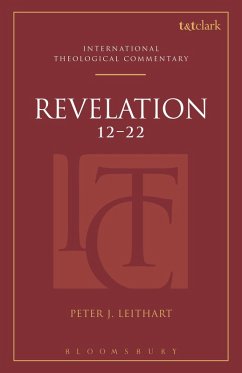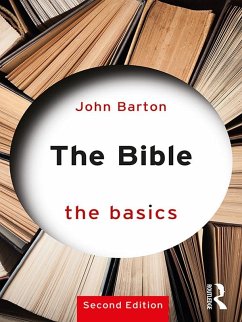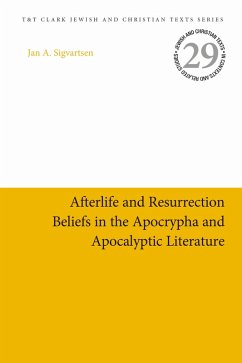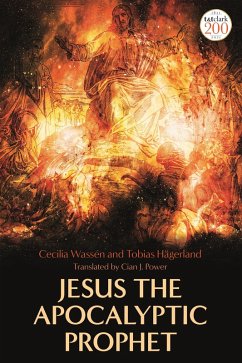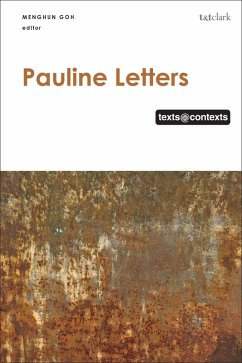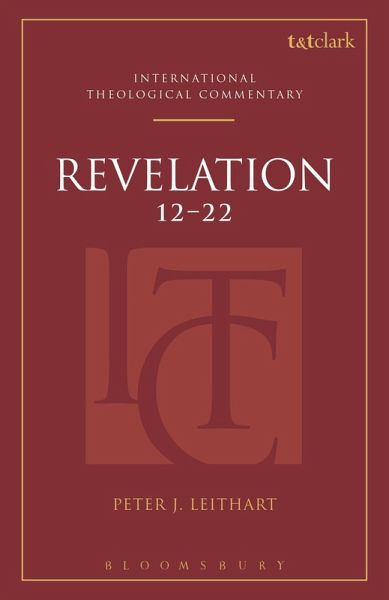
Revelation 12-22 (ITC) (eBook, ePUB)

PAYBACK Punkte
42 °P sammeln!
The Book of Revelation is the last book in the canon of the New Testament, and its only apocalyptic document, though there are short apocalyptic passages in various places in the gospels and the epistles. This second of two volumes on Revelation offers a systematic and thorough interpretation of the latter chapters of the book. Revelation brings together the worlds of heaven, earth and hell in a final confrontation between the forces of good and evil. Its characters and images are both real and symbolic, spiritual and material, and it is frequently difficult to know the difference between them...
The Book of Revelation is the last book in the canon of the New Testament, and its only apocalyptic document, though there are short apocalyptic passages in various places in the gospels and the epistles. This second of two volumes on Revelation offers a systematic and thorough interpretation of the latter chapters of the book. Revelation brings together the worlds of heaven, earth and hell in a final confrontation between the forces of good and evil. Its characters and images are both real and symbolic, spiritual and material, and it is frequently difficult to know the difference between them, Revelation's cryptic nature has ensure that it would always be a source of controversy. This commentary focuses on the theological content, gleaning the best from both the classical and modern commentary traditions and showing the doctrinal development of Scriptural truths. Scholarship on the book of Revelation has nonetheless not only endured, but even captured the imagination of generations of Bible students, both professionals and laypeople alike. Through its focus on the message of the book through scholarly analysis, this ITC reconnects to the ecclesial tradition of biblical commentary as an effort in ressourcement, though not slavish repetition.




